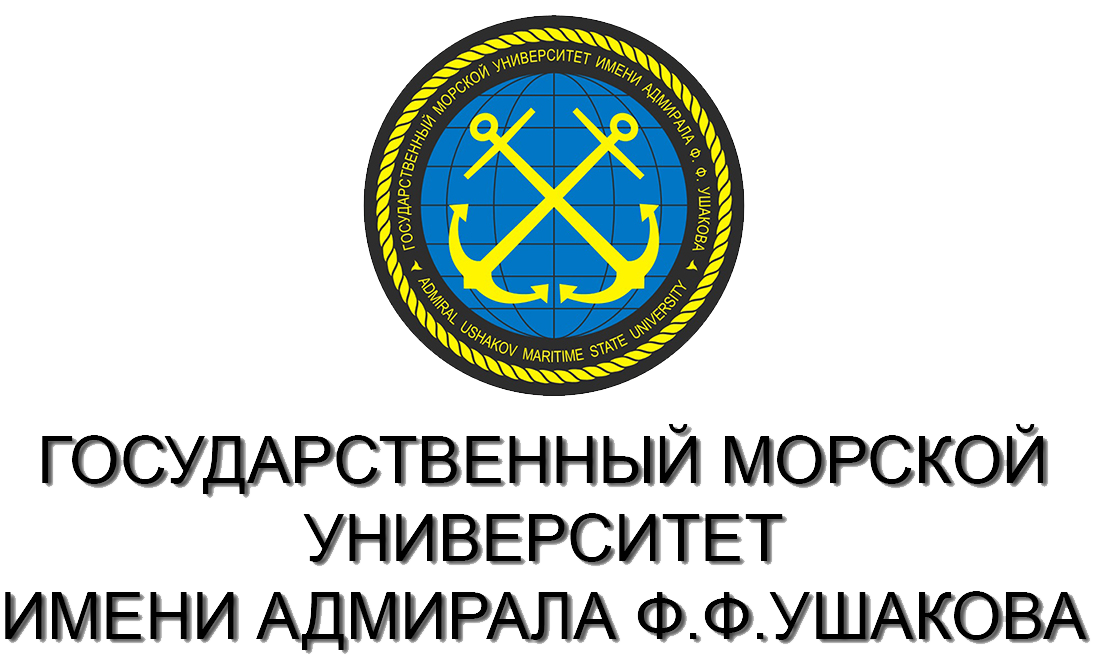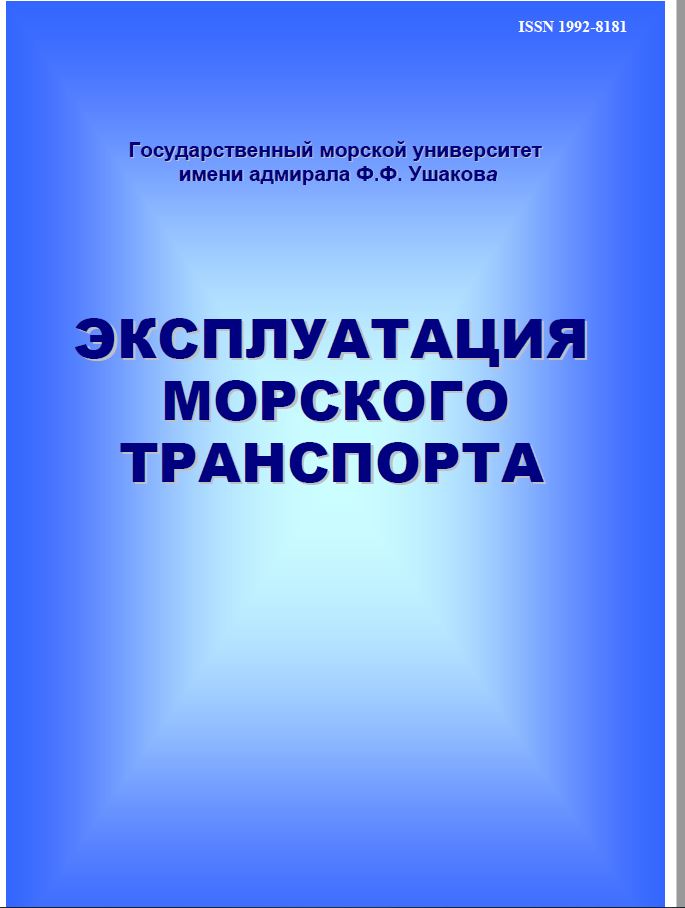In order to prevent ecological and environmental disasters resulting from the discharge of ballast water, in 2004 was adopted Ballast Water ManagementConvention. According to the regulation, ballast water exchange must be conducted at least 200 mn from the nearest land and in waters at least 200 m in depth or in cases where the ship is unable, at least 50 mn from the nearest land and in water at least 200 m in depth or in a designated ballast water exchange area in accordance with the regulation.For costal ships, with are not going far away from shore is almost impossible to comply with D-l and D-2 standards. For this reason appeared Ballast water treatment system (BWTS).This system neutralizes organisms in the water. International Convention for the Control and Management of Ship’s Ballast Water and Sediments sets the rules for ballast water treatment in around 95% of the world’s ports. Since 28 October 2020, IMO revised G8 guidelines for type approving ballast water treatment systems went into effect. The ballast water treatment system must be approved by a classification society, after that it is ready to comply.The system has to be operated and maintained according to the regulations and supplier’s specifications. This article major points are: Methods of doing ballast water exchange, Ballast water treatment system, System components description
ballast water, environment, ballasting, deballasting, filter
1. M.V. VASILESCU, M. PANAITESCU, F.V.PANAITESCU, Ballast water treatment system with UV filter and advanced oxidation technol ogy, Hidraulica (Magazine of Hydraulics, Pneumatics, Tribology, Ecology, Sensorics, Mechatronics), No. 3, Romania, 2019.
2. Epikhin A.I., Modina M.A., Heckert E.V. 2020 The concept of ecological improvement of ship power plants Operation of sea transport. No3 (96) ppl27-132.
3. Turkin V. A., Sarychev I. A., Ignatenko G. V. Mon itoring pollution from ship power plants with laser technologies IOP Conference Series: Earth and Environmental Science 867 (1), 2021, 012177 doi=l 0.1088/175 5-1315/867/1/012177
4. Modina M. A., Khekert E. V., Voskanian A. A., Pismenskaia Y. V., Epikhin A. I., Shkoda V. V. Bioindication and biomonitoring assessment of the state of atmospheric air and soil in the study area IOP Conference Series: Earth and Environmental Science, 2021, 867 (1) № 012072
5. Epikhin A. I. Neurocontrol methods in the context of development of technical solutions for transition to unmanned navigation Journal of Physics: Conference Series, Novorossiysk, Virtual- Novorossiysk, Virtual, 2021. - P. 012115. - DOIhttps://doi.org/10.1088/17426596/2061/1/012115.
6. Antonov, A.A., Studenikin, D.E., Malakhov, S.O., Filatova, R.G., Kondratyev, S.I., Khekert, E.V.Algorithm for constructing a route to pass a narrow fairway (2021) Journal of Physics: Conference Series, 2061 (1), stat'ya № 012116, https://www.scopus.com/inward/record.urDeid=2-s2.0-85119521729&doi=10.1088%2fl742-6596%2f2061%2fl%2f012116&partnerID=40&md5=41624d2cb5124a66c5b71Id533c04974











